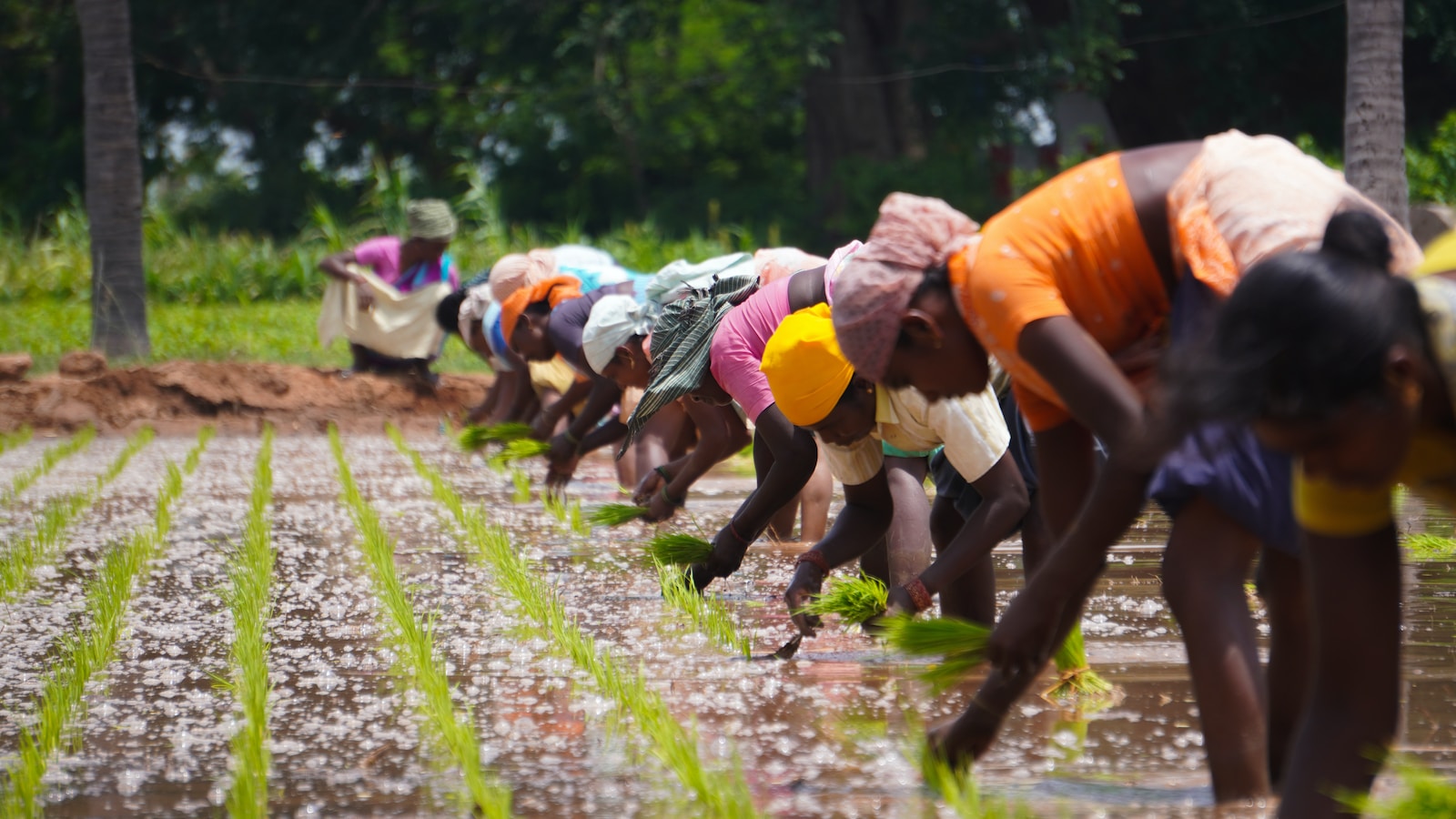OPINION
Vijay Raj Jayaraj
Vijay Jayaraj is a Research Associate at the CO2 Coalition, Arlington, VA and a contributor to CFACT. He holds a master’s degree in environmental sciences from the University of East Anglia, UK, and resides in India.
Here in Bengaluru, India, where I live, the summers have been abnormally cold. Rainfall is constant, and the city’s altitude location keeps temperatures cool. The widespread issues of poverty and starvation, however, are not cool.
If you venture beyond the major economic centers of India, it is quite easy to encounter individuals residing in extreme poverty, frequently suffering from malnutrition. One key way to overcome malnutrition is to ensure access to highly nutritious food crops that are affordable.
India stands at a pivotal juncture in its quest to address the dual challenges of malnutrition and hunger that persistently plague its population. Genetically Modified Organisms (GMOs) have emerged as a potent tool, with GMO crops, particularly GMO Cotton, demonstrating remarkable success in transforming agricultural landscapes and offering hope for a more nourished and food-secure nation.
Some of the most recent innovations in plant biotechnology have enabled scientists to produce crop varieties with enhanced nutrient content. Biofortified GMO crops, enriched with essential vitamins and minerals, have the potential to address micronutrient deficiencies prevalent among India’s population. Golden Rice, for instance, can combat vitamin A deficiency, a major public health concern.
Unfortunately, all these new varieties of plants have been highly resisted by governments and nonprofits because they come under the umbrella of GMOs. For a country like India, this does not bode well for its war against malnutrition and minimizing food prices.
In fact, India’s celebrity cult leader, Vandana Shiva, is a leading global figure in anti-GMO activism. Thankfully, common sense has risen to the top, and India’s state of Kerala is now set to approve GMO crops.
GMO Crops Have Proven Success in Alleviating Poverty in India
The only genetically modified crop permitted in India is Bt Cotton (GM Cotton), a superior, higher-yielding variety that has assisted farmers in escaping poverty. GMO Cotton varieties are more resilient against bollworm infestations, thus ensuring higher yields and reduced reliance on chemical pesticides, resulting in increased income for farmers. Improved financial stability equips them to provide better nutrition for their families.
Due to India’s decision to permit GM cotton, India’s cotton yields have improved by more than 300% over the past ten years, while pesticide use has decreased by around 50%, acreage has increased by 150%. Production has climbed by 400%, according to the Directorate of Economics and Statistics, Ministry of Agriculture, Government of India.
Contrary to what the media portrays, farmers in Africa and Asia genuinely want access to GM crops. Bt cotton has been grown in India for two decades as of 2022. Bt cotton was grown on 11.7 million hectares, or 93.6 percent of the total cotton acreage in 2019–20.
Many farmers risk legal restrictions on GM crops in order to smuggle GM seeds from nearby nations. In this instance, Bt Brinjal (eggplant), from which Bangladeshi farmers are benefiting, is prohibited in India, where farmers suffer significant losses each year due to disease-ravaged eggplant crops.
Time to Expand GMO Approval to Major Food Crops
Though countless legal challenges have proved to be major hurdles for embracing GM crops in India, some states are showing signs of readiness to embrace GMO crops. One of them is the southern state of Kerala, often known for its leader in tourism and spice production.
Recently, the government stated that “Advanced research in plant breeding should help us to develop varieties and hybrids that systemically require less application of chemicals. New applications in cutting-edge areas of research, such as biotechnology, gene editing (CRISPR) and nanotechnology, promise not just to reduce the use of chemicals but also make available high yielding crop varieties resistant to viral diseases, acidity, alkalinity, salinity, flooding, and high temperature. The state’s agricultural research system needs to be geared up to meet this challenge.”
In a first-of-its-kind statement, the state’s agricultural board says: “While the practice of organic farming can be popularized in niche spheres where premium export prices are available, this cannot be a generalized policy for the state. It might lock the state’s agriculture into a low yield-low-income cycle, leading to more unscientific and irrational uses of land in the long term.”
For the Indian people, this move away from unscientific allegiance to organic farming is excellent news since it establishes a precedent for other states to take similar action to enable their farmers to obtain and utilize GMO foods. When compared to a nation like the U.S., where GMO maize makes up the majority of corn produced, India’s 1.3 billion people are far behind in the agricultural race.

